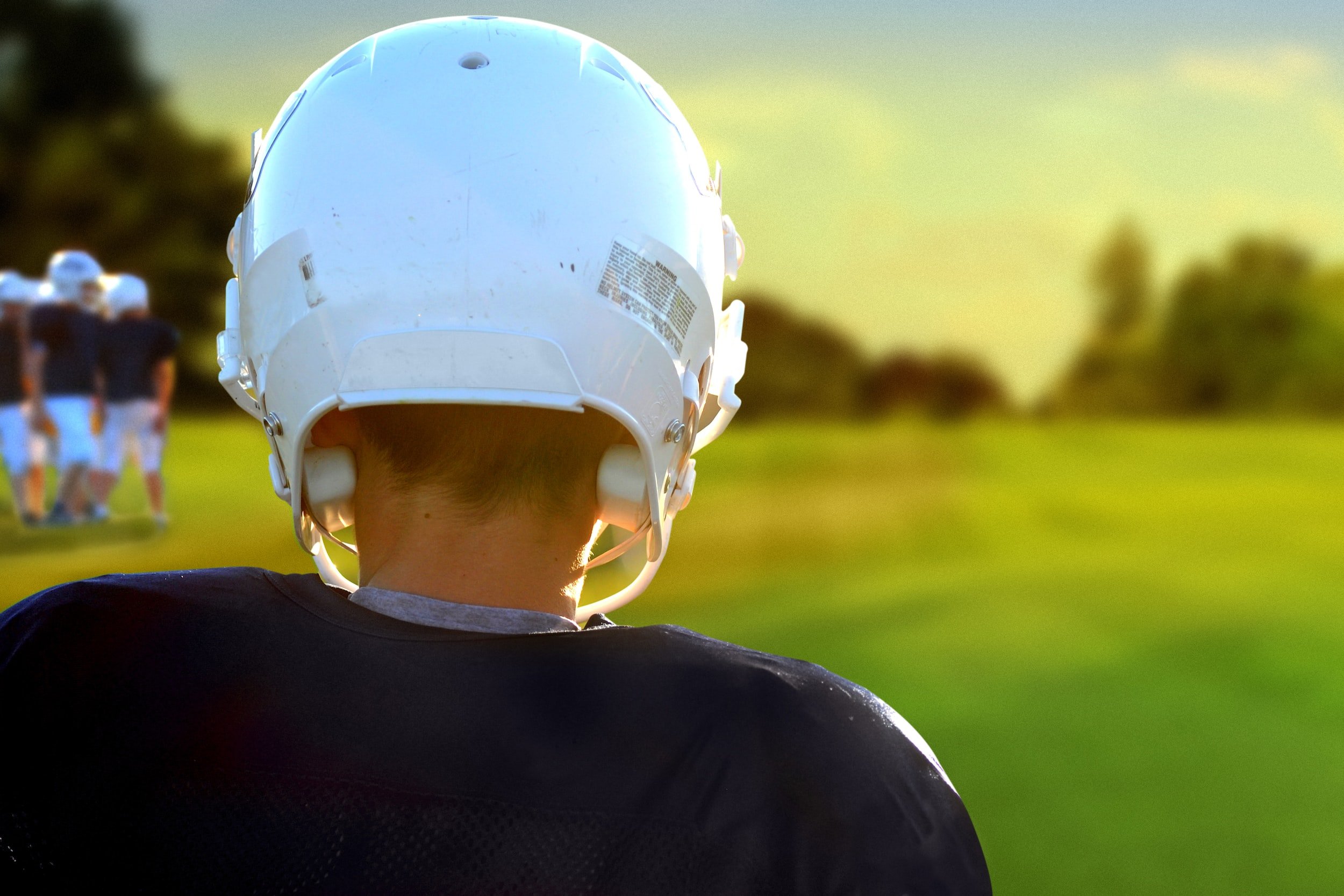Welcome our guest Alison Bremner from Atlas Chiropractic of Boulder, CO. She is sharing her thoughts on Concussions leading to headaches and neck pain in youth.
“Concussion is one of the most common athletic injuries in the United States and is a growing concern among children and young adults”, says a study published in the International Journal of Sports Physical Therapy.
Concussions are cumulative on the body, which means that if you have more than one concussion, the negative effects compound on each other. So if children and youth are getting concussions at a young age and are susceptible to getting more, the situation becomes more and more dangerous. Children with concussions usually complain of having long-lasting headaches, neck pain, and dizziness. If these symptoms are not treated immediately, there could be serious long-term effects.
A concussion is quite complex, and there are many physical and physiological factors that come into play. While a concussion is usually caused by a head or neck injury, it is actually more of a brain injury. Most lingering concussion symptoms occur because of not getting proper treatment to address the soft tissue and neurological damage that occurs during a concussion.
According to the study done by Tiwari and Yorke, in any given year, 43,200 to 67,200 of the 1.2 million total high school football players in the U.S. sustain concussions. Those ages 15-19 are the most at risk with higher caliber sports. “Of the 502,000 children and adolescents diagnosed with a concussion, 35% of them were estimated to fall between the ages of 8-13 years old.”
Post-concussion symptoms have been reported with 92% of athletes experiencing headaches, 90% experiencing neck pain, and 69% experiencing dizziness. (https://www.ncbi.nlm.nih.gov/pmc/articles/PMC6449018/)
Concussions and the upper neck
The most common way people sustain concussions are from sports injuries or car accidents. The mechanism of injury is not just affecting the brain, but it is also causing damage to the soft tissue in the neck. The most vulnerable spot in your neck that is the most affected is the upper cervical region, also known as the cranio-cervical junction. This is the very top of your neck and it is made up of your skull, atlas, and axis bones.
This region is so incredible and flexible in order to provide wide ranges of movement of the head. When you nod your head up and down or shake your head side to side, there are so many muscles and ligaments working together to allow this fluid motion. Alot of this motion comes from the atlas (C1) and axis (C2) bones. These are the first two bones in the top of your neck.
Unlike the rest of the vertebrae in your spine, there is no interlocking mechanism of the atlas and axis. In other words, they are unique because they are only held together by soft tissue in order to provide this flexibility and movement. This delicate area is very vulnerable to impact or trauma.
Additionally in order for your brain to heal from a concussion, there must be proper flow of blood and cerebrospinal fluid to and from the brain. Those fluids function as a cleaning system, and your brain is flushed and cleansed when you are asleep. Proper drainage of these fluids and byproducts of brain function are essential to healing, and the drainage from the brain happens through the upper cervical spine. If there is damage to the upper cervical spine, it can create a black flow or congestion of fluid, preventing proper drainage and healing around the brain. If this congestion is present for a long time, there can be severe long-term damage to the brain in the future.
The upper cervical spine benefits from a specialist to truly examine the alignment and understand what is going on in that region. Assessing the cranio-cervical junction is an essential step in healing from a concussion.
How upper cervical chiropractic can help
An upper cervical chiropractor specializes in this top region of the neck. They are experts in understanding the mechanics of the skull, atlas, and axis, known as the cranio-cervical junction. If a child or adolescent endures a head or neck injury, especially after a concussion, it’s important to have their neck evaluated by an upper cervical chiropractor to ensure that their brain can properly heal.
Taking your child to see an upper cervical chiropractor if they play contact sports or following a concussion will get them on the best road to recovery. It is a safe, gentle procedure that realigns the top of the neck so that the brain can heal properly. There is no twisting or cracking done, and the adjustment is very effective. The sooner this treatment is sought out, the quicker your child will be feeling better and getting back to their normal routines without headaches, neck pain, or dizziness.
It is very common to experience headaches, neck pain, or dizziness following a concussion. Catching these symptoms early and seeking care from an upper cervical chiropractor is the best decision you can make for your child in treating these symptoms.
Tiwari D, Goldberg A, Yorke A, Marchetti GF, Alsalaheen B. CHARACTERIZATION OF CERVICAL SPINE IMPAIRMENTS IN CHILDREN AND ADOLESCENTS POST-CONCUSSION. Int J Sports Phys Ther. 2019 Apr;14(2):282-295. PMID: 30997280; PMCID: PMC6449018.
If you are interested in an evaluation from one of our doctors, please contact us, or an Upper Cervical Chiropractor in your area, today.





